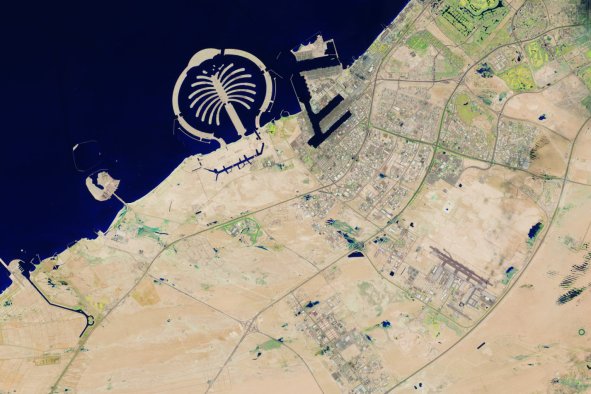Bats have been found to evolve into bigger sizes in exactly the same way in separate locations, in a very rare example of parallel evolution.
It's so rare that it is the first time parallel evolution has been seen in real-time in mammal species. And it has only been seen in action a very few times beforehand, according to a paper in the journal Evolution.
The findings come from a study of several bats—some very small in stature, and others large—living in the same forested habitats on the Solomon Islands, in the middle of the Pacific Ocean.
Two groups of larger bats were assumed to be the same species—known as fierce leaf-nosed bats or Hipposideros dinops—while the smaller bats were thought to all belong to a different species (Hipposideros diadema).
"Although they are very different sizes, the bats' DNA is very similar. They use very different sonar frequencies, they probably eat different food, and even when they live in the same cave together they don't interbreed," said paper co-author Tyrone Lavery, a researcher at the University of Melbourne.
"That is why no one has ever really questioned whether they were different species."
Now, it turns out, the larger bats may have evolved from the smaller bats in parallel to each other, and are actually separate species from one another.
Parallel evolution is a process where two species that are not necessarily closely related independently develop similar traits or features. This usually happens because these species face similar environmental challenges and selective pressures, leading them to evolve analogous solutions to adapt to their environments.
An example of parallel evolution can be seen in the development of similar body shapes and adaptations in aquatic animals like dolphins and ichthyosaurs, despite them coming from very different evolutionary backgrounds, with one being a mammal and the other a reptile.
Newsweek has emailed Lavery for further comment.
"Our research suggests the rapid and repeated evolution of larger-bodied bats from smaller bats, each happening independently on separate islands," Lavery said.
"When we created family trees using the bats' DNA, we found that what we thought was just one species of large bat in the Solomon Islands was actually a case where bigger bats had evolved from the smaller species multiple times across different islands.
"Something very strong is pushing or selecting for these big bats, and it is strong enough for it to happen multiple times on different islands. We think these larger bats might be evolving to take advantage of prey that the smaller bats aren't eating. Although they could probably interbreed, they don't for some reason."
The larger bats on all the islands use a lower frequency of sonar, indicating they are better suited to hunting larger prey, such as big insects or even frogs.
"Over time larger body size may have been part of behavioral and physical adaptations needed to hunt larger prey. This might mean the bigger and smaller bats no longer recognize each other as mates, and so they live separate lives," Lavery added.
The researchers hope to investigate further to find out if this same process is occurring on other islands too.
"We may think of evolution as very slow process, but it can happen rapidly when the conditions are right and two groups are separated and stop interbreeding. They can begin to evolve on different pathways," Lavery said.
"Islands are famous for helping us to observe and understand the processes for how species evolve in real-time. They're also places that are very vulnerable to the types of disturbance created by humans create. It's important that we look after these incredible landscapes in Solomon Islands before we lose these stories even before we find them."
Do you have a tip on a science story that Newsweek should be covering? Do you have a question about evolution? Let us know via science@newsweek.com.
Disclaimer: The copyright of this article belongs to the original author. Reposting this article is solely for the purpose of information dissemination and does not constitute any investment advice. If there is any infringement, please contact us immediately. We will make corrections or deletions as necessary. Thank you.



